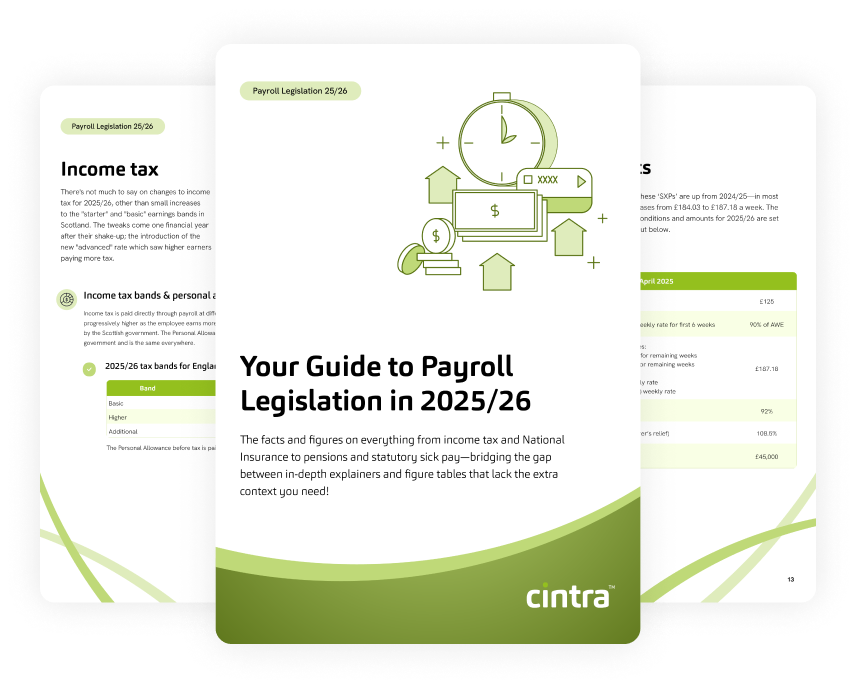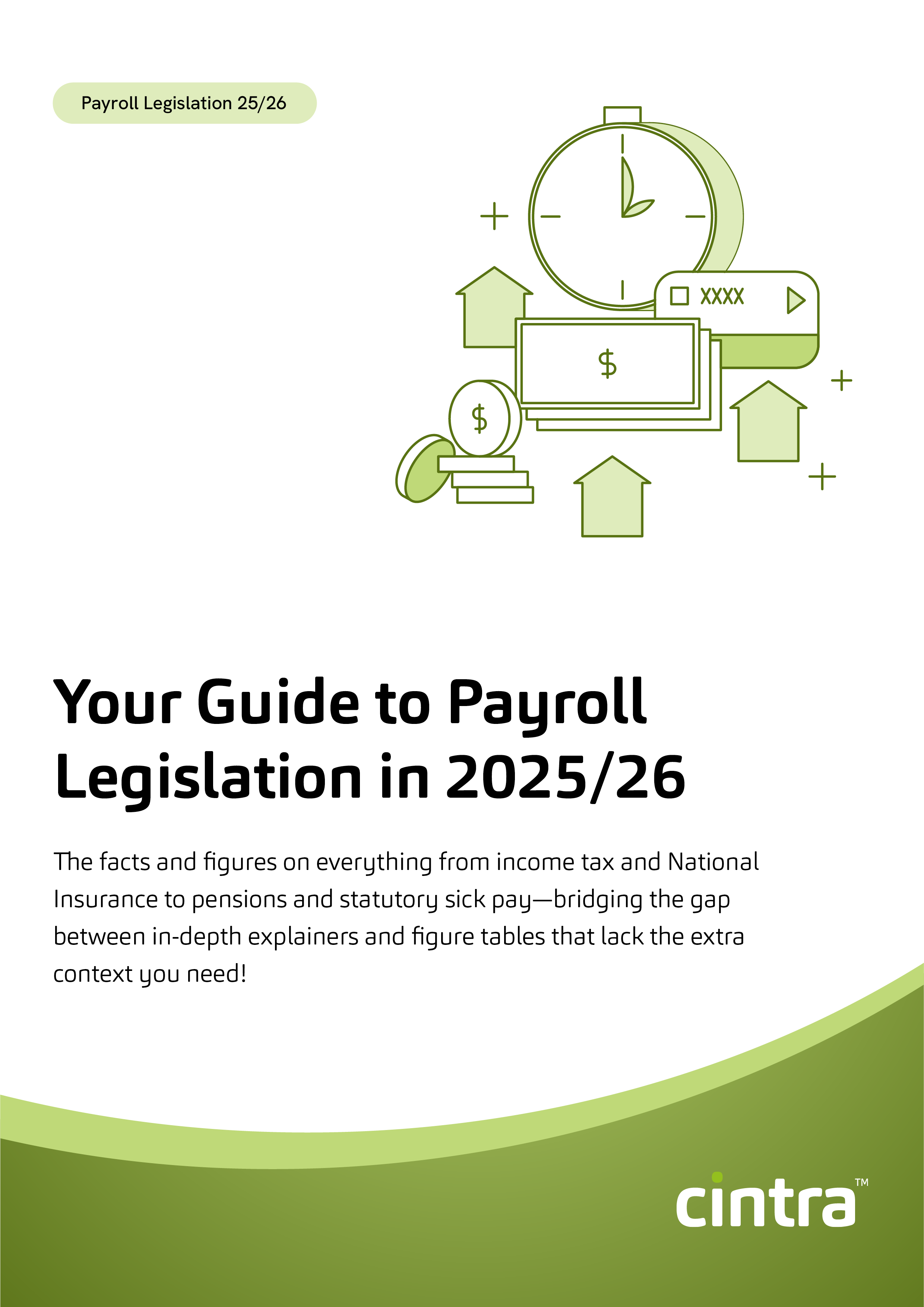National Insurance contributions (NICs) might technically be considered a tax, but they’re more than just a deduction from your pay—they’re an investment in your future. Every contribution helps you build up your state pension, making sure you have financial support later in life. At the same time, these funds play a crucial role in keeping vital public services running.
So, while it may feel like just another payroll deduction, it’s actually a win-win—benefiting both you and society as a whole.
What is National Insurance?
National Insurance (NI) is a system of mandatory contributions paid by employees and employers in the UK to fund state benefits, including the State Pension, unemployment benefits, the National Health Service (NHS), and other social security programmes.
The amount paid depends on earnings and employment status, with different classes of contributions for employees, employers, and the self-employed.
Who pays National Insurance?
You need to pay National Insurance if you’re 16 or older and either:
- An employee earning more than £242 per week from a single job.
- Self-employed and making a profit of more than £12,570 a year.
When do you stop making National Insurance contributions?
It depends on whether you’re employed or self-employed:
- If you’re employed: you can choose to stop paying Class 1 National Insurance when you reach the State Pension age, but you’re not required to.
- If you’re self-employed: you stop paying Class 4 National Insurance from 6 April (the start of the tax year) after you reach the State Pension age.
What do National Insurance contributions pay for?
National Insurance contributions help fund various state benefits and public services in the UK.
Here’s a list of what they pay for:
- State Pension: provides financial support when you retire.
- NHS: helps fund healthcare services, including hospitals, GPs, and treatments.
- Maternity allowance: support for those who don’t qualify for statutory maternity pay.
- Jobseeker’s Allowance (JSA): helps unemployed people while they look for work.
- Employment and support allowance (ESA): financial help for those unable to work due to illness or disability.
- Bereavement support payment: helps spouses or civil partners after the death of a loved one.
Who’s exempt from National Insurance?
If you’re an employee earning between £125 and £242 a week, or if you’re self-employed with profits between £6,725 and £12,570 a year, you don’t need to pay National Insurance (but may choose to pay some voluntarily).
What are gaps in your National Insurance record?
You may have gaps in your record if you don’t pay National Insurance or don’t get National Insurance credits.
This might happen if you were:
- employed but had low earnings.
- unemployed and weren’t claiming benefit.
- self-employed but didn’t pay National Insurance contributions because of small profits.
- living or working outside the UK.
What will happen if you have gaps in your National Insurance record?
- You might not have enough qualifying years for the full State Pension.
- You could miss out on some benefits you’re eligible for.
But don’t worry – if you’re eligible, you may be able to make voluntary National Insurance contributions to cover those gaps!
How to check your National Insurance record?
You can check your National Insurance record online to:
- See what you’ve paid up until the start of the current tax year.
- Find out if you’ve received any National Insurance credits.
- Check if any gaps in National Insurance contributions or credits mean some years won’t count towards your State Pension.
- Work out if paying voluntary contributions will help fill any gaps.
- See how your State Pension forecast will change if you pay voluntary National Insurance contributions.
- Find out if you can pay voluntary contributions online and how much it will cost.
The types of National Insurance classes
The amount of NI paid varies depending on the employee’s your particular National Insurance class.
Here are the different National Insurance classes:
| National Insurance class | Who should pay National Insurance contributions |
|---|---|
| Class 1 National Insurance | Employees earning more than £242 a week and under the State Pension age. Employers also pay on earnings over £175 per week. |
| Class 1A or 1B National Insurance | Paid by employers on employees’ expenses or benefits, such as company cars or private medical insurance. |
| Class 2 National Insurance | Self-employed people earning profits over £12,570 a year (since April 2024, it’s no longer mandatory but can be paid voluntarily). |
| Class 3 Voluntary Contributions | Individuals who want to fill gaps in their National Insurance record (see above). |
| Class 4 National Insurance | Self-employed individuals with profits of £12,570 or more a year. |
What are National Insurance category letters?
NI category letters are used to determine how much you pay in National Insurance contributions based on your employment status and earnings.
The letter just tells you what group you’re in and what you need to contribute. Let’s have a look at each category letter:
| Category letter | Employee group |
|---|---|
| A | All employees apart from those in groups B, C, H, J, M, V and Z in this table. |
| B | Married women and widows who have a certificate of election form showing they’re entitled to pay reduced National Insurance. |
| C | Employees over the State Pension age. |
| H | Apprentices under 25. |
| J | Employees who can defer National Insurance because they’re already paying it in another job. |
| M | Employees under 21. |
| V | Employees who are working in their first job since leaving the armed forces (veterans). |
| Z | Employees under 21 who can defer National Insurance because they’re already paying it in another job. |
Category letters for eligible employees who work in freeports
Here are the category letters for employees who work in freeports (freeports might more commonly be known as tax havens – places like the Isle of Man).
| Category letter | Employee group |
|---|---|
| F | All employees who work in freeports, apart from those in groups I, L, and S in this table. |
| I | Married women and widows working in freeports who have a certificate of election form showing they’re entitled to pay reduced National Insurance. |
| L | Employees who work in freeports and can defer National Insurance because they’re already paying it in another job. |
| S | Employees who work in freeports and are over the State Pension age. |
And for investment zones
| N | Standard category letter |
| E | Married women and widows entitled to pay reduced NICs |
| K | Employees over the state pension age |
| D | Employees who can defer paying 12% NICs and pay only 2% because they are already paying it in another job |
There’s also category letter X
This is for employees who don’t have to pay NI, for example because they’re under 16.
National Insurance thresholds
Alongside the category letters, you and your employer pay Class 1 National Insurance depending on how much you earn. For the 2025/26 tax year, the thresholds are:
| Thresholds | Weekly | Monthly | Annual |
|---|---|---|---|
| Lower Earnings Limit (LEL) | £125 | £542 | £6,500 |
| Primary Threshold (PT) | £242 | £1,048 | £12,570 |
| Secondary Threshold (ST) | £96 | £417 | £5,000 |
| Upper Secondary Threshold, Under 21 (UST) | £967 | £4,189 | £50,270 |
| Upper Earnings Limit (UEL) | £967 | £4,189 | £50,270 |
| Apprentice Upper Secondary Threshold (AUST) | £967 | £4,189 | £50,270 |
| Veterans Upper Secondary Threshold (VUST) | £967 | £4,189 | £50,270 |
| Freeport Upper Secondary Threshold (FUST) | £481 | £2,083 | £25,000 |
| Investment Zone Upper Secondary Threshold (IVUST) | £481 | £2,083 | £25,000 |
Get the latest insights and best practice guides, direct to your inbox.
Categories and National Insurance contributions
Your employer deducts National Insurance from your pay through PAYE, based on specific rates assigned to different categories and thresholds. These are known as primary contributions.
Here are the rates for 2025/26:
| Category letter | £125 to £242 (£542 to £1,048 a month) | £242.01 to £967 (£1,048.01 to £4,189 a month) | Over £967 a week (£4,189 a month) |
|---|---|---|---|
| A, F, H, M, N, V | 0% | 8% | 2% |
| B, E, I | 0% | 1.85% | 2% |
| D, J, L, Z | 0% | 2% | 2% |
| C, K, S | nil | nil | nil |
For example
If you’re a category A person who earns £1,000 in a week you can expect to pay:
- Nothing on the first £242
- 8% on earnings between £242.01 and £967
- 2% on the remaining earnings above £967
What about employer contributions?
Employer National Insurance contributions are what your employer pays to HMRC on top of your salary—they’re completely separate from the NI that’s deducted from your pay.
Here are the employer contributions rates for 2025/26:
| Category letter | ST to LEL | LEL to UEL/UT/AUST | FUST to UEL/UST/AUST/VUST | Above UEL/UST/AUST/VUST |
|---|---|---|---|---|
| A, B, C, J | 15% | 15% | 15% | 15% |
| H, M, V, Z | 0% | 0% | 0% | 15% |
| D, E, F, I, K, L, N, S | 0% | 0% | 15% | 15% |
Still confused about National Insurance contributions?
We get it—National Insurance contributions can be complicated. But it doesn’t have to be. At Cintra, we’ve built smart, compliant payroll solutions to make your life easier.
Just book in a demo to find out how we can take the NI-ghtmare out of NI!

Payroll Legislation Guide
The facts, figures, thresholds and allowances for 2025/26 spanning tax, National Insurance, pensions, statutory payments and more.
Download now


